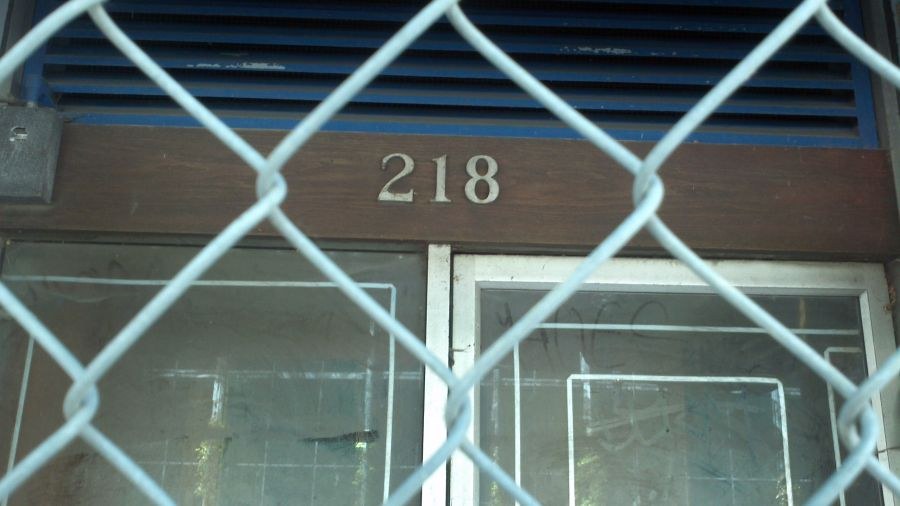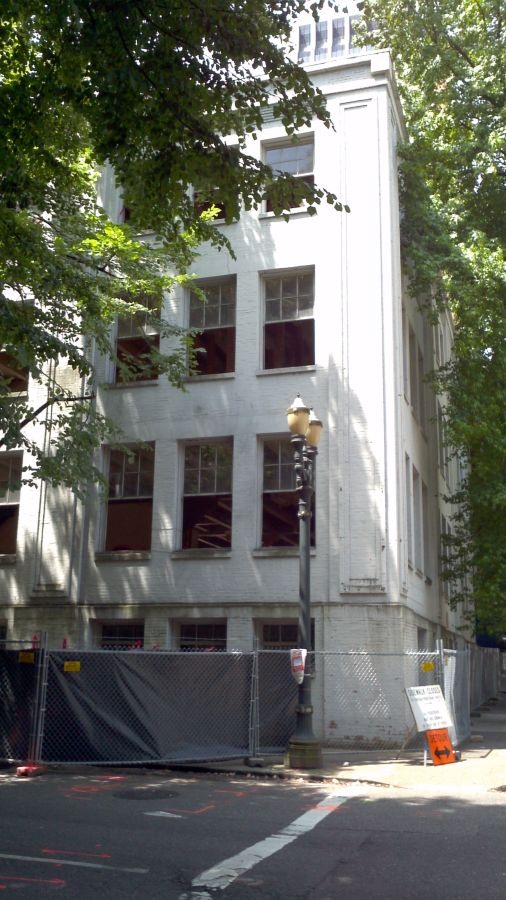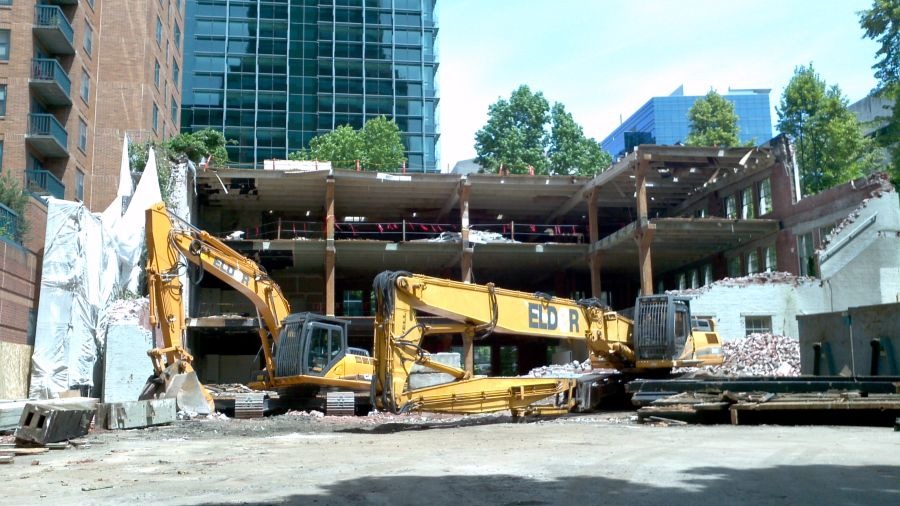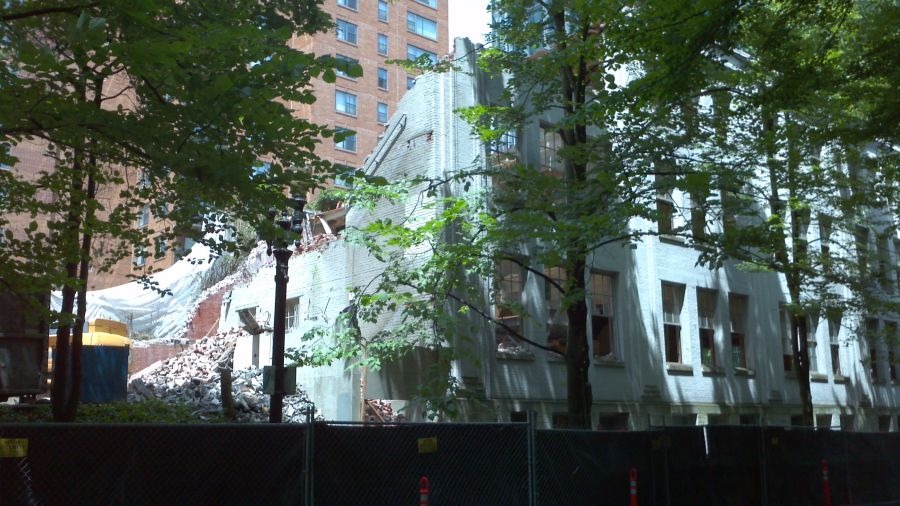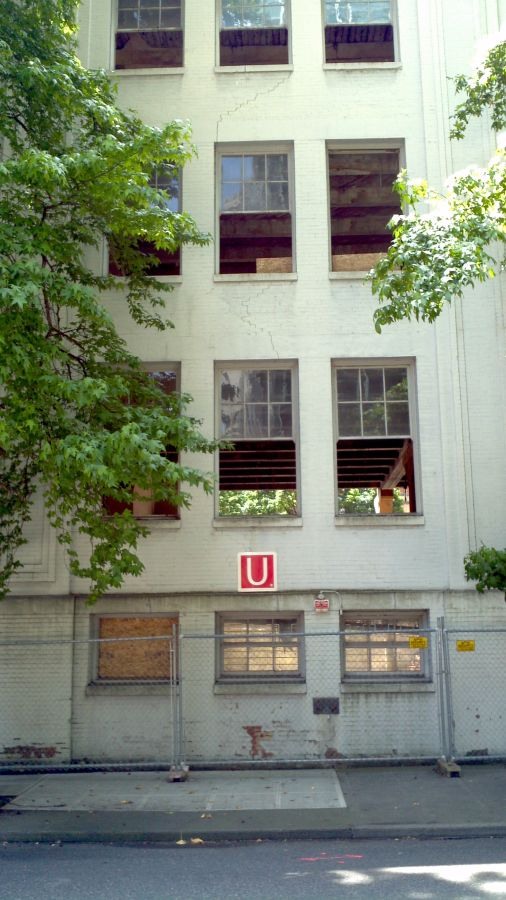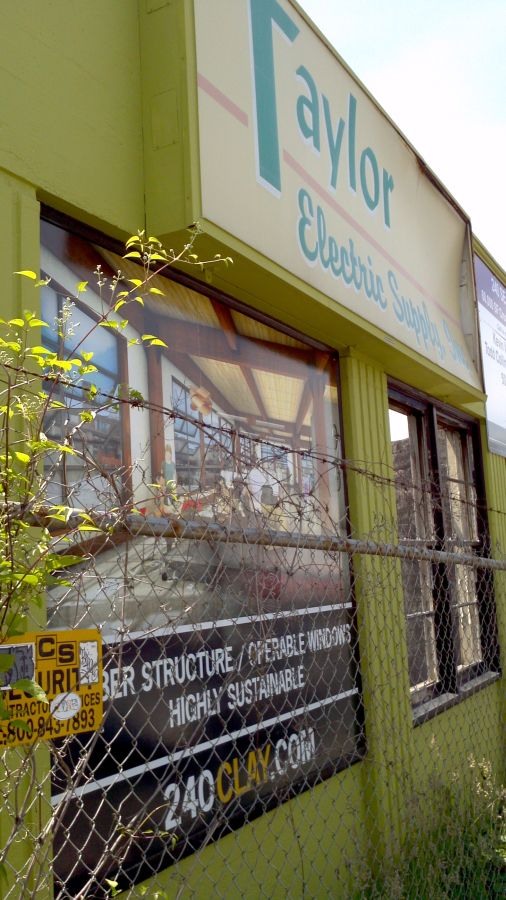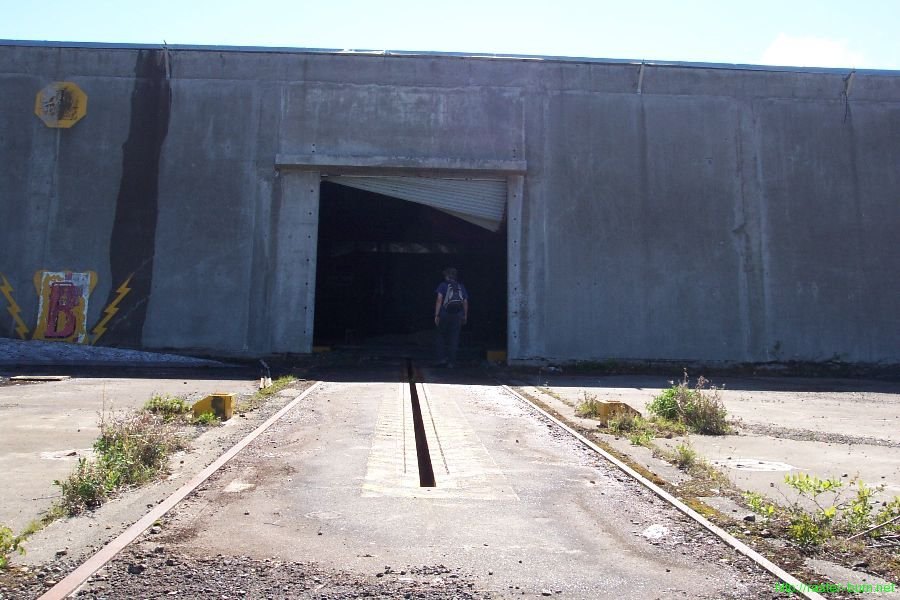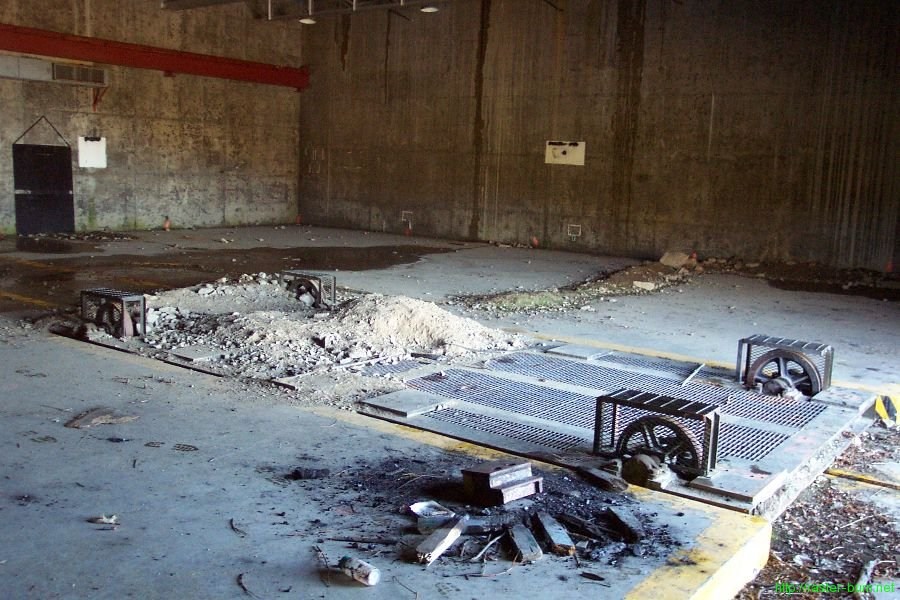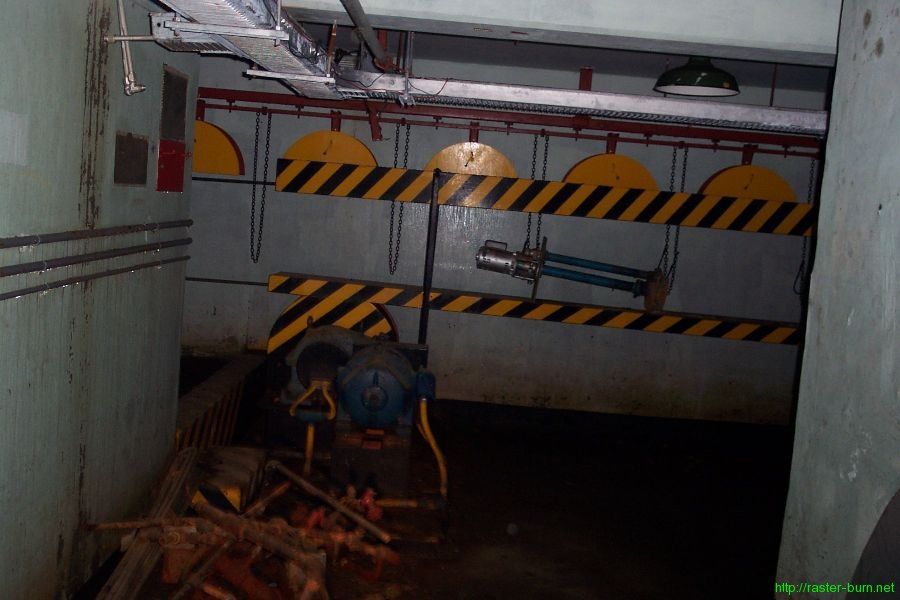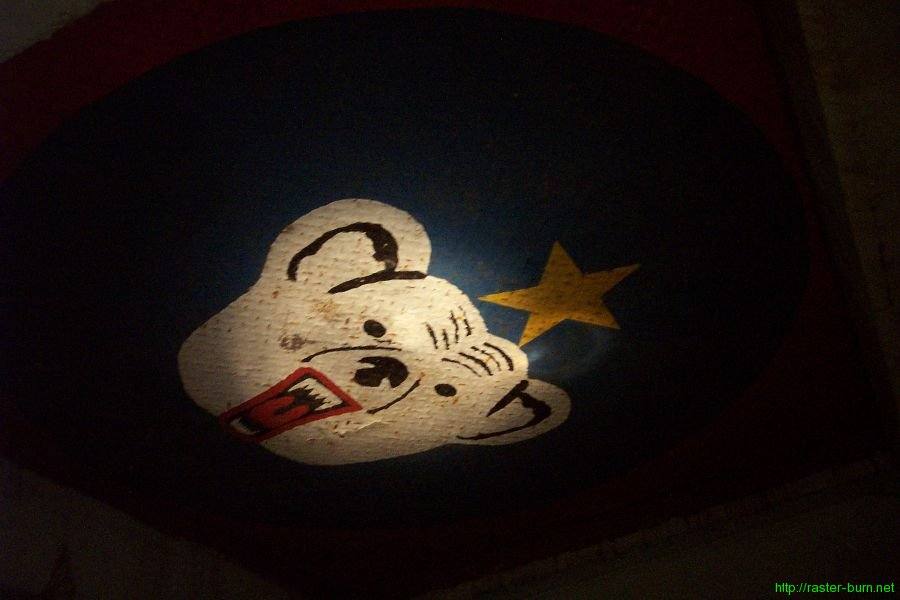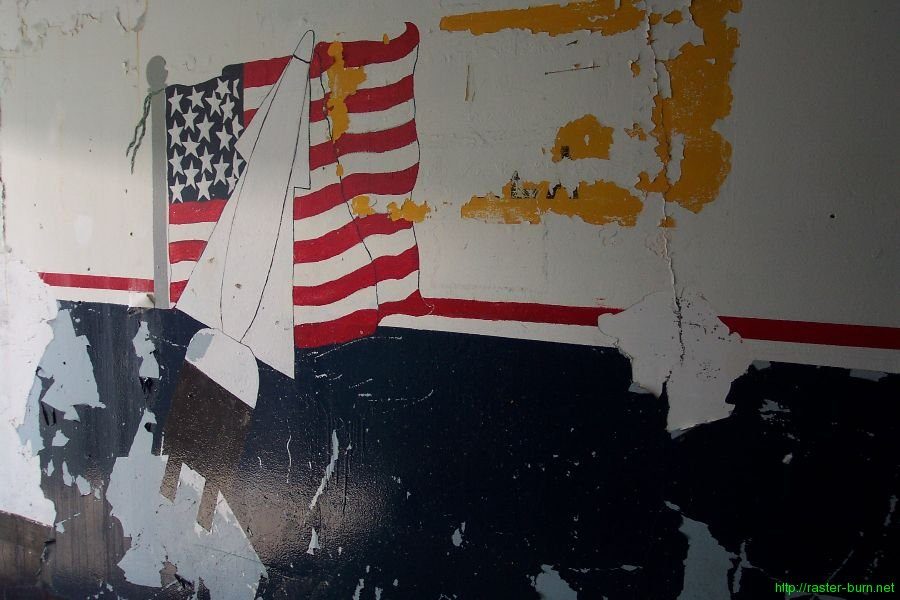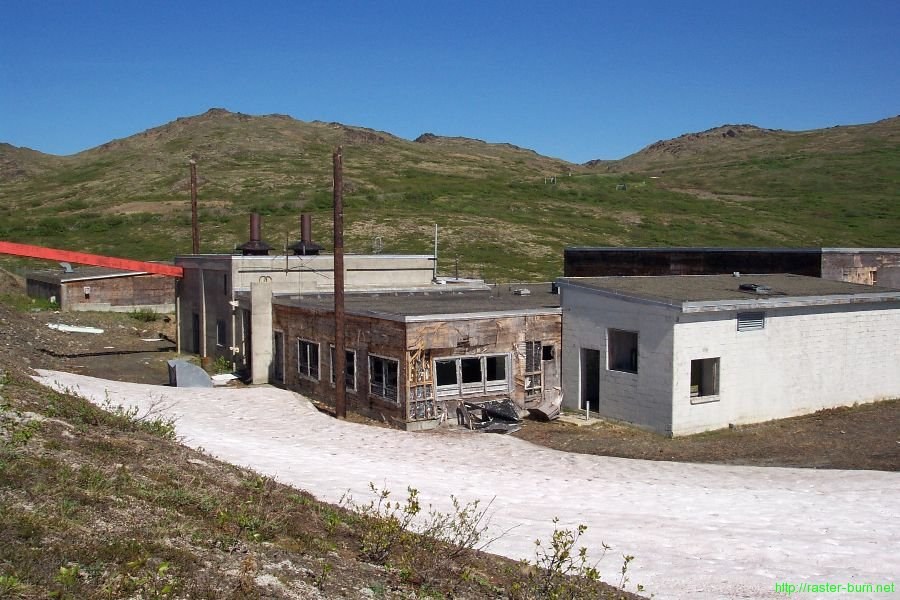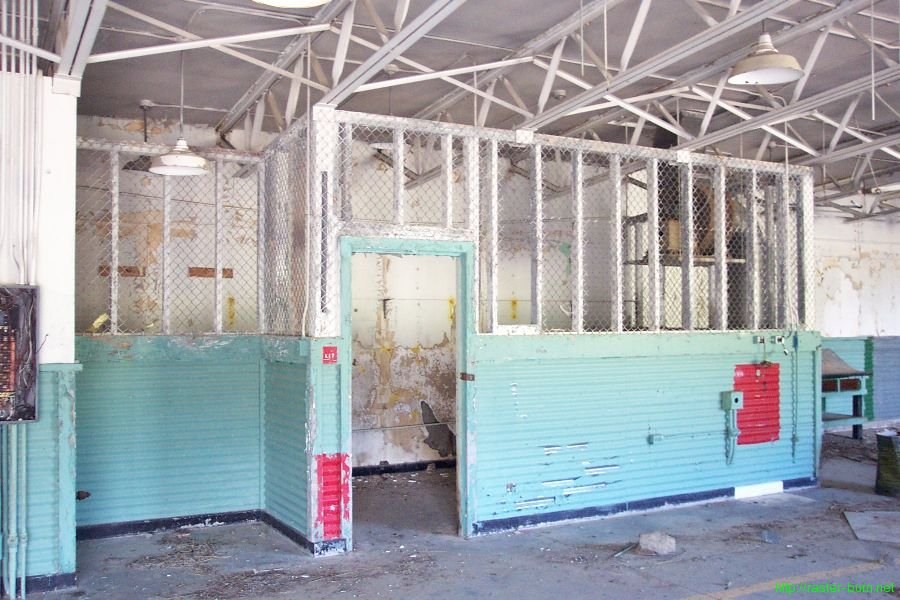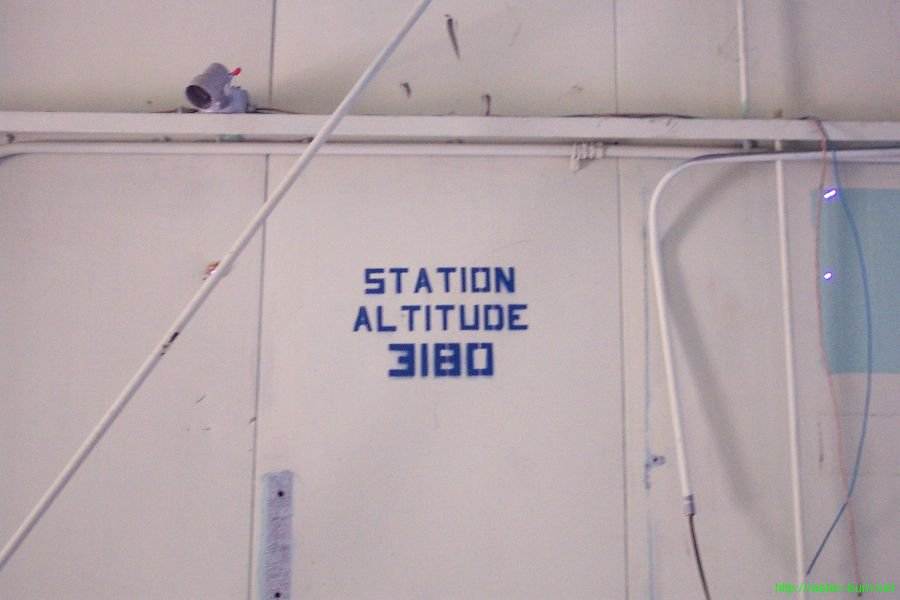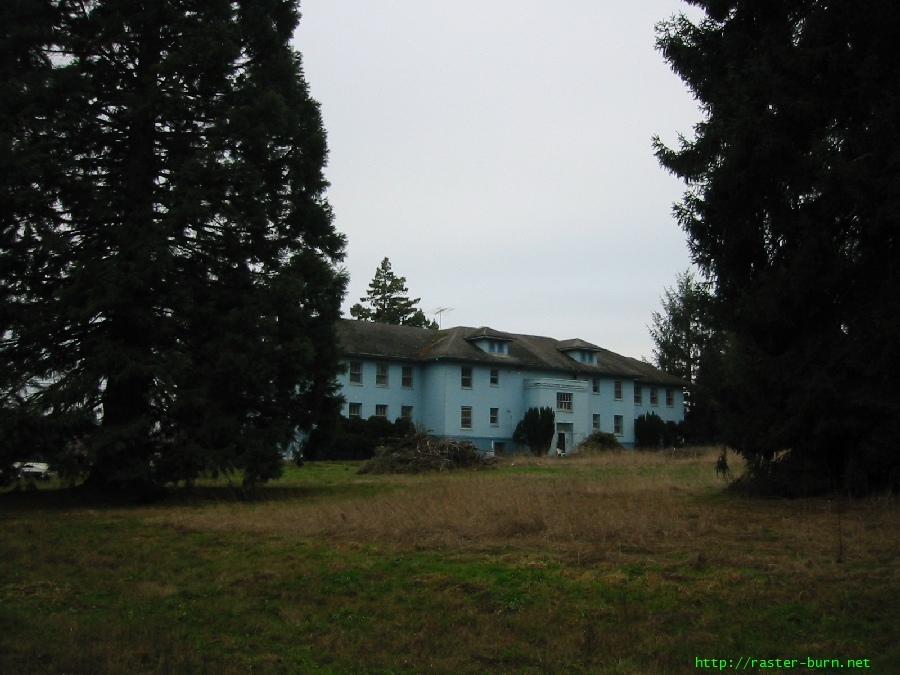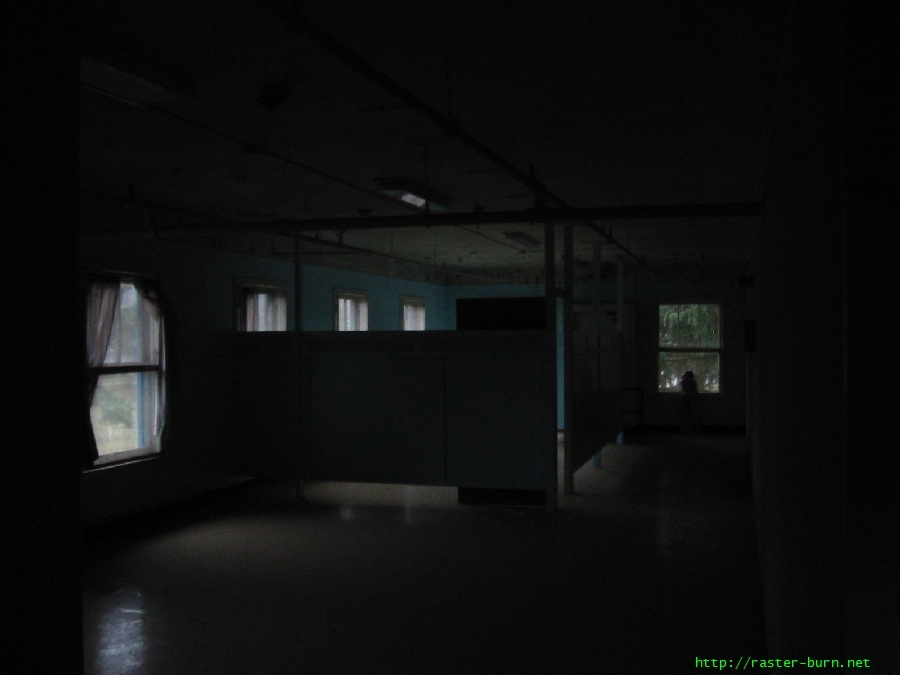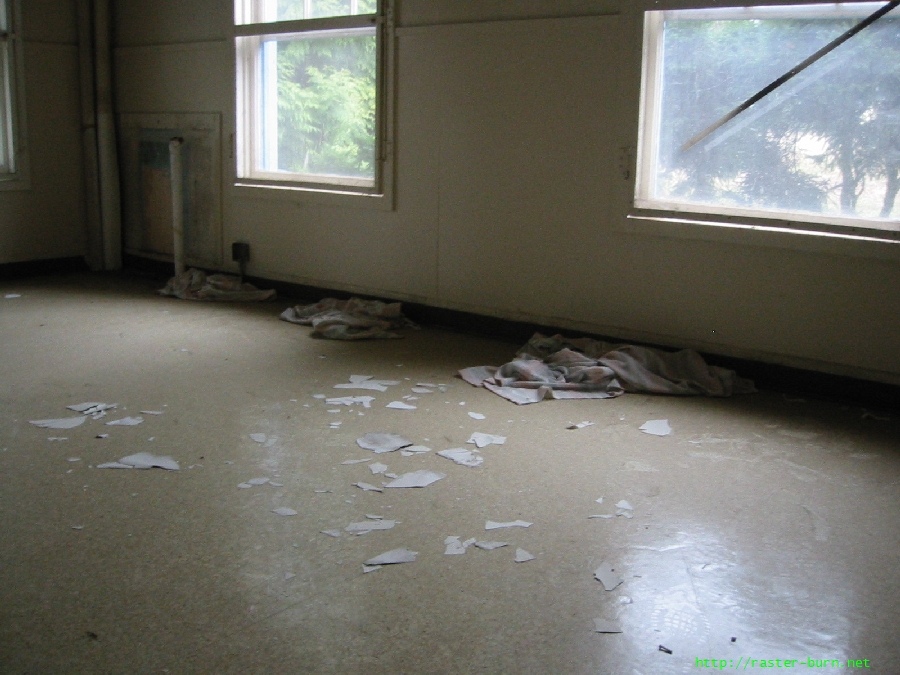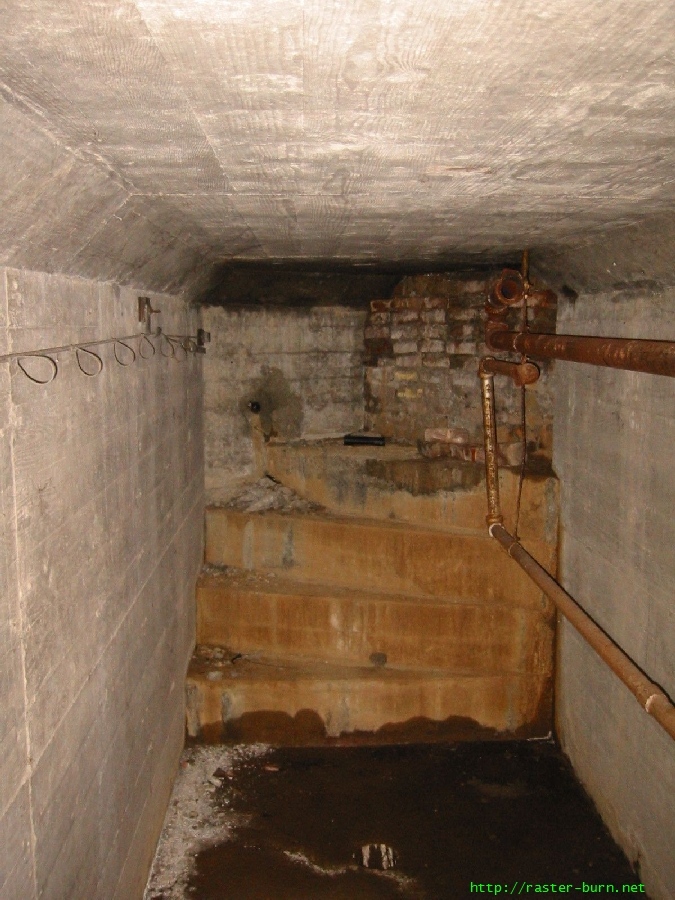Another of the dingy landmarks I’ve been passing by since I moved here came down in the past few weeks.
I was walking by 218 SW Jefferson and noticed I could see light inside and the rafters were exposed.
Circling the block told the rest of the story.
Over a century old, it was at one point used by the Pendleton Woolen Mills company. The company still has a sizeable presence in Oregon with administrative and woolen mill facilities in the state, and even a bit of manufacturing capability.
It’s of simple design, but I always thought it had a minimalistic appeal. I’m certain it was seismically unsafe though, which is proving to be the kiss of death for many of Portland’s more humble historic properties.
Meanwhile across the river, the burned out hulk of the Taylor Electric Company building at 240 SE Clay seems to be getting a new lease on life. From the look of the renders of the project at least part of the original structure will be retained as a barrier around the parking lot for the new complex and possibly as part of the structure for the new building on the site. Seems to be a popular option for making use of some of the old bones of industrial buildings around the city.

